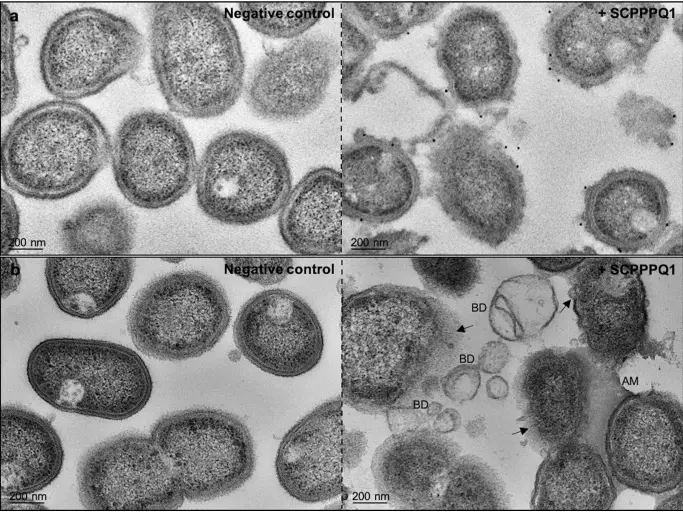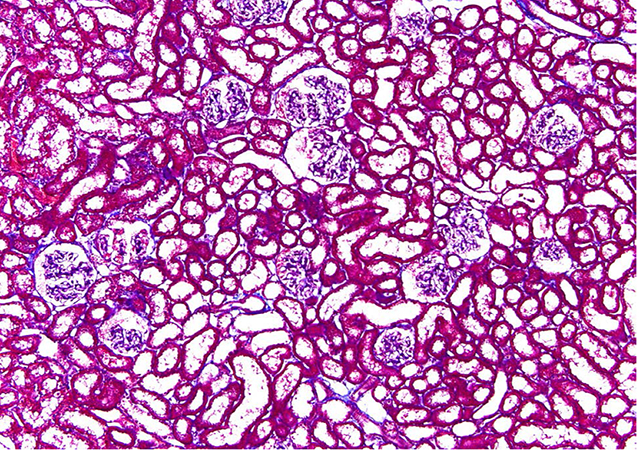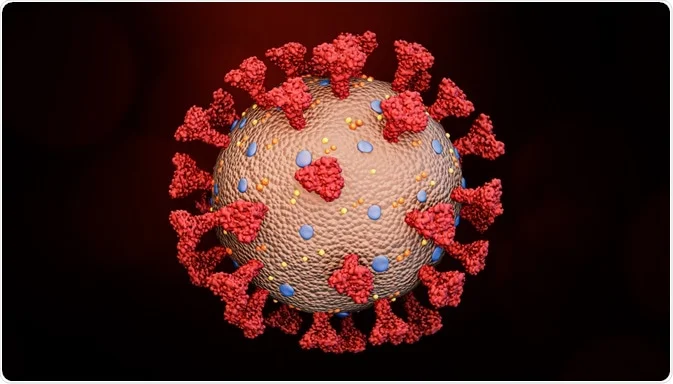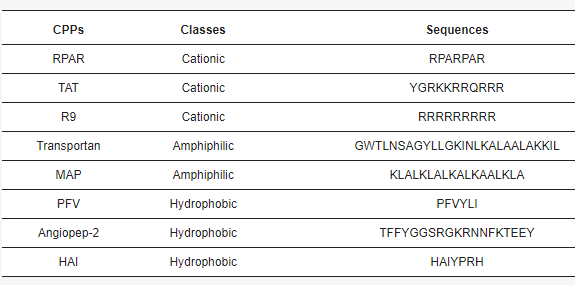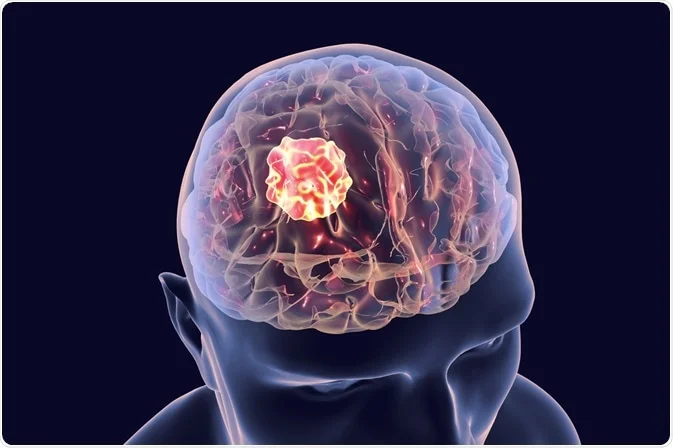
Glioblastoma (GBM) is the most commonly occurring terminal brain cancer. Due to complications in the brain like the blood brain barrier, methods of treating GBM are few and far between. Therefore, treatment in the region is generally left to specific chemotherapeutics like temozolomide (TMZ), which has the unique capability to bypass the brain blood barrier. However, matters become more complicated as many subpopulations of GBM, namely the glioma stem cell populations, are resistant to TMZ. Researchers are looking into ways to bypass this resilience, namely connexin 43 (Cx43) hemichannels that when inhibited by mimetic peptides allow the glioma stem cell populations to be treated significantly more effectively by TMZ
Cx43 mimetic peptides weaken cancer’s resistance to TMZ
Researchers used LifeTein’s peptide synthesis service to create two mimetic peptides of Cx43, αCT11 and αCT1, to inhibit Cx43 hemichannels and then sensitize the glioma cells and other GBM cell populations to TMZ in a 3D hyaluronic acid and collagen hydrogel-based tumor organoid system. After testing this model extensively, the group found that only the αCT1 peptide in combination with TMZ proved effective in treating the cell lines. It is believed that the αCT1 is more successful due to its cell penetrating sequence when compared to αCT11.
Overall, the group emphasizes that the model used does not accurately mimic the cellular heterogeneity of GBM, but the results are a fantastic start and can be used as a tool to further study treatment of this aggressive brain cancer. Further work can optimize this treatment and can hopefully provide a chance for those who have to go against this fatal ailment.
Jingru Che, Thomas J. DePalma, Hemamylammal Sivakumar, et al. αCT1 Peptide Sensitizes Glioma Cells to Temozolomide in a Glioblastoma Organoid Platform. Authorea. April 29, 2022.
